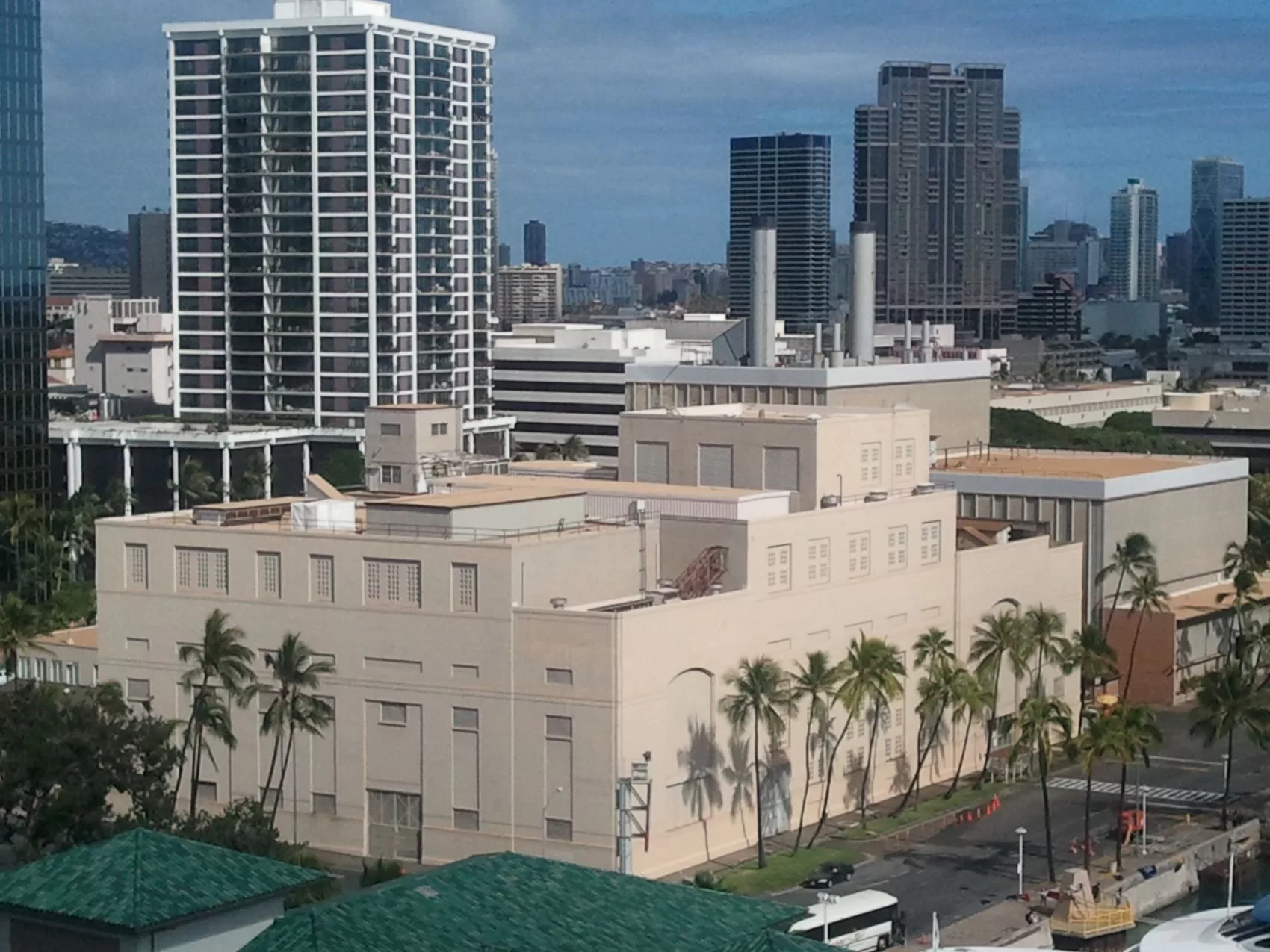Continental-based firm fossil fuel power generators are powered by coal, gas, and nuclear. Island-based firm fossil fuel power generators are powered by various types of petroleum such as fuel oil and diesel.
Firm renewable energy systems can include generators powered by wood, agricultural products, solid waste, garbage, invasive plants, landfill gas, ethanol, biodiesel, green hydrogen, and pumped storage hydro.
Firm renewable projects can be generally popular. Pacific Biodiesel Technologies projects using waste oil, waste grease, and flowers are not opposed.
Life of the Land asserts that firm renewable projects are needed, but proposals must be scrutinized, as many terrible proposals have been proposed. Life of the Land opposed using microwaves to convert Ka`u biomass into biofuel, the importation of tropical rainforest palm oil biodiesel, and the burning of trees in Pepe`ekeo.
Other firm renewable energy projects face opposition. Puna Pono Alliance, founded about 2012 and dissolved this month, opposed geothermal. Pō`ai Wai Ola/West Kaua`i Watershed Alliance and Nā Kia‘i Kai filed suit over the proposed West Kauai Energy Project.
The maximum demand for electricity currently facing Hawai`i utilities is 60-65% of the maximum power output of all the firm generators on the island. As Hawai`i converts to 100% renewable energy, the percent of time that firm power is needed is decreased. Firm power will be needed to supply up to 100% of the demand for about 15% of the time in 2045.
The Public Utilities Commission opened a proceeding for the Hawaiian Electric Companies to acquire additional generation in 2017. Two rounds have been completed.
Hawaiian Electric Company (HECO) and subsidiaries Maui Electric Company (MECO) and Hawaii Electric Light Company (HELCO) are in the third round of the Competitive Bidding process for acquiring additional generation from Independent Power Producers (IPPs).
Each proposal must include answers to a Carbon Emissions Questionnaire. The utilities select the winners and then spend about a year negotiating the terms of each Power Purchase Agreement (PPA) and conducting an Interconnection Requirements Study (IRS). The selectee must cooperate with HECO and their consultant in preparing a life cycle greenhouse gas analysis.
Then the Power Purchase Agreement is filed with the Public Utilities Commission. The Consumer Advocate is a party to every proceeding. The Independent Power Producer usually joins are a limited participant. There may be intervenors. The Public Utilities Commission approval process will probably take about nine to twelve months.
The Power Purchase Agreements will likely be fined between September and November 2024. The three utilities seek a combined 1700 GWh of variable renewables and 800 MW of firm renewables. The projects are slated to come online in 2027 and 2033.
Variable photovoltaic projects must be paired with energy storage. Firm generation must be always available except during periods of outage and deration (generator at less than full capacity due to local ambient conditions).
Until the last few years, Independent Power Producers had to guesstimate anticipated curtailment to determine what price they could offer to sell electricity to the utility. Today, everything is based on the anticipated availability of the renewable energy system. The power producer is guaranteed a specific amount of revenue and the utility has the flexibility to choose when to use the electricity.


0 Comments